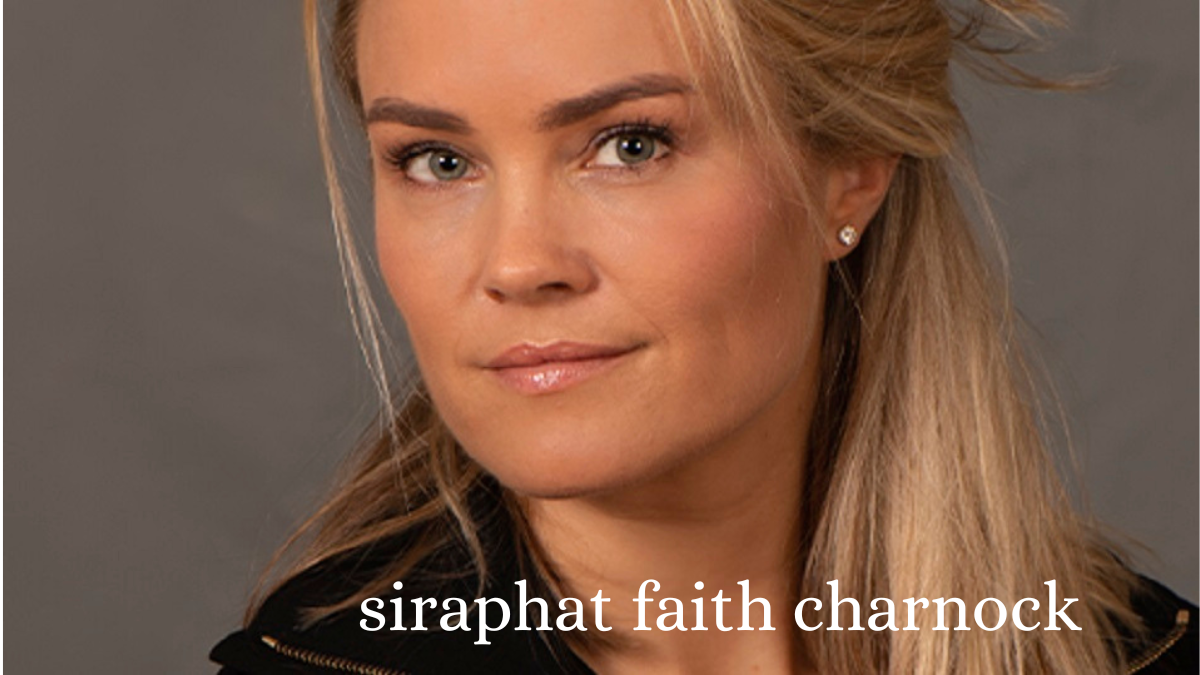One of the most important aspects of creating a professional looking sign is matching the colors of your vinyl lettering to the colors of your substrate.
Here are 15 tips to help you get it right:
1. Use a Color Wheel
Using a color wheel is a great way to find complementary colors for your vinyl lettering. Simply find the color of your substrate on the wheel and then look for the color directly opposite it. These two colors will create a nice contrast and make your lettering really pop!
2. Use a Color Scheme
Another option is to use a color scheme, such as monochromatic, analogous, or triadic. Monochromatic schemes use different shades of one color, analogous schemes use colors that are next to each other on the color wheel, and triadic schemes use colors that are evenly spaced around the color wheel.
3. Consider the Undertones
When choosing colors, it’s also important to consider the undertones. A color can have either a warm undertone (yellow or red) or a cool undertone (blue or green). Warm colors tend to be more inviting and energizing, while cool colors are more calming and refreshing.
4. Get Inspired by Nature
One of the best ways to find beautiful color combinations is to look to nature. After all, if it’s good enough for Mother Nature, it’s good enough for your vinyl lettering!
5. Use a Color Matching Tool
If you’re still having trouble finding the perfect colors, there are some great online color matching tools that can help. Adobe Color CC is a great option, and you can also find some helpful color schemes on Canva.
6. Use White for a Clean Look
If you want your vinyl lettering to really stand out, try using white lettering on a dark substrate. This will create a clean and modern look that is sure to turn heads.
7. Use Black for a Bold Look
Another way to make your vinyl lettering pop is to use black lettering on a light substrate. This bold choice is perfect for those who want to make a statement with their signage.
8. Go Metallic for a Luxe Look
If you want to add a touch of luxury to your sign, try using metallic vinyl lettering. Gold and silver are always popular choices, but you can also find metallic vinyl in other colors, such as bronze and copper.
9. Use Bright Colors for an Eye-Catching Look
Bright colors are always eye-catching, so they’re perfect for those who want to grab attention with their signage. If you’re not sure which color to choose, try using a bright hue that complements the color of your substrate.
10. Use Dark Colors for a Dramatic Look
Dark colors can also be used to create a dramatic look. If you want your vinyl lettering to really stand out, try using a dark color that contrasts with the color of your substrate.
11. Use Patterned Vinyl for a Unique Look
If you’re looking for something really unique, try using patterned vinyl for your lettering. There are tons of fun and funky patterns to choose from, so you’re sure to find one that fits your style.
12. Get Creative with Your Color Combinations
Don’t be afraid to get creative with your color combinations! There are no rules when it comes to choosing colors, so feel free to experiment until you find a combination that you love.
13. Use Two Colors for a Balanced Look
If you can’t decide on just one color, try using two colors for your vinyl lettering. This will create a more balanced look that is perfect for those who want to add a little bit of color without going overboard.
14. Use Three Colors for an Eye-Catching Look
If you really want your vinyl lettering to stand out, try using three colors. This will create an eye-catching look that is sure to get noticed.
15. Use Four or More Colors for a Bold Look
If you’re feeling daring, try using four or more colors for your vinyl lettering. This bold choice is perfect for those who want to make a statement with their signage.
Conclusion:
There are endless possibilities when it comes to choosing colors for your vinyl lettering. Just remember to consider the undertones, get inspired by nature, and use a color matching tool if you’re having trouble finding the perfect combination. With a little bit of experimentation, you’re sure to find a color scheme that you love.







